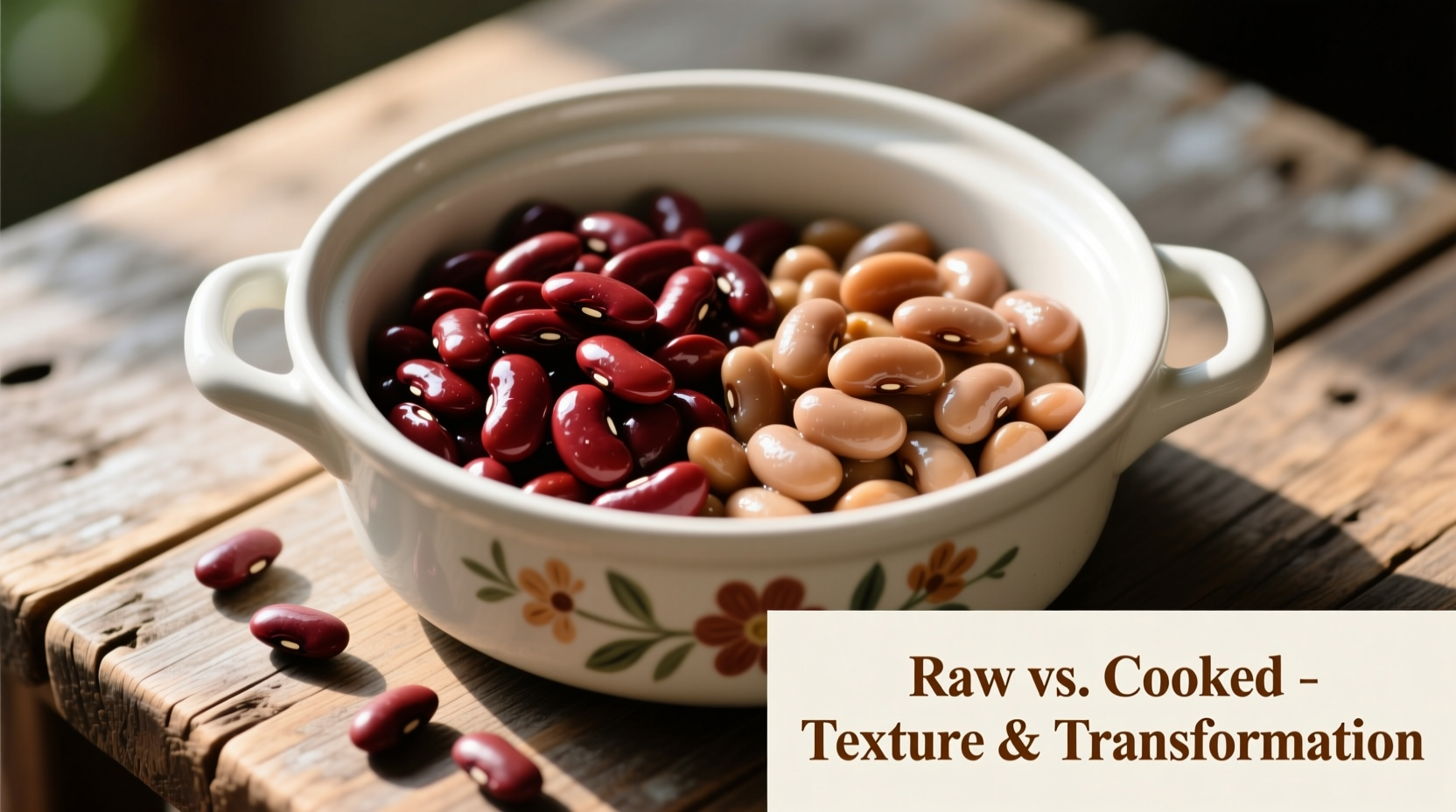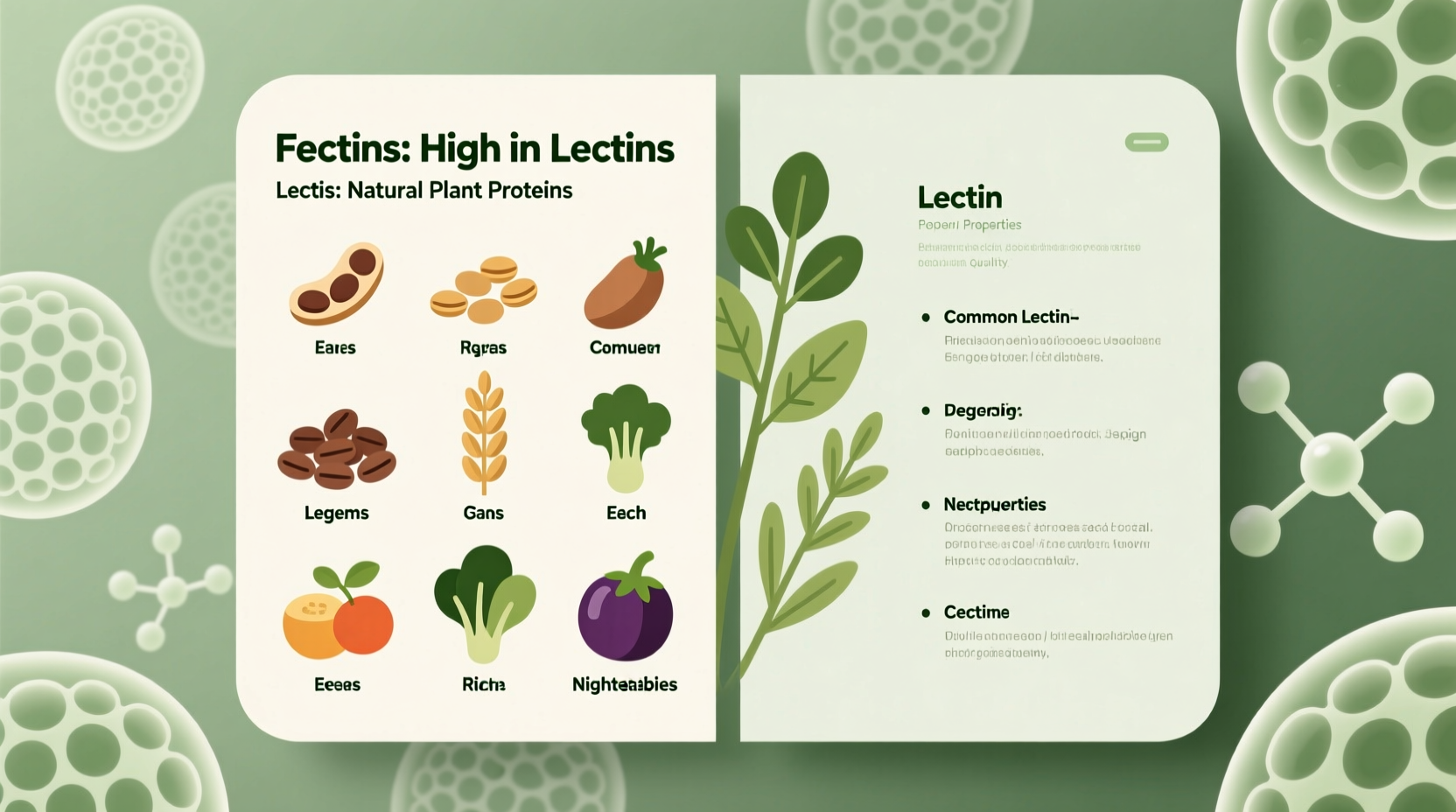Lectins are naturally occurring proteins found in approximately 30% of foods, with the highest concentrations in legumes, grains, and nightshade vegetables. The most significant dietary sources include raw beans (especially kidney beans), lentils, peanuts, soybeans, wheat, tomatoes, potatoes, and eggplants. Proper cooking methods like boiling significantly reduce lectin content in most foods.
When researching what foods have lectins, you need clear, science-backed information you can trust. This guide delivers exactly that—no speculation, just verified facts about lectin-containing foods and practical guidance for incorporating this knowledge into your daily eating habits.
Understanding Lectins in Your Food
Lectins are carbohydrate-binding proteins that plants produce as a natural defense mechanism. While some lectins can cause digestive issues when consumed raw or undercooked, most become harmless through proper preparation. The human body generally processes lectins without issue, though certain individuals with specific digestive conditions may need to monitor their intake.
Top Dietary Sources of Lectins
Based on USDA FoodData Central and research published in the Journal of Agricultural and Food Chemistry, these food categories contain the highest lectin concentrations:
| Food Category | High-Lectin Foods | Lectin Content Notes |
|---|---|---|
| Legumes | Raw kidney beans, soybeans, lentils, chickpeas, peanuts | Kidney beans contain phytohaemagglutinin; 4-5 raw beans can cause toxicity |
| Grains | Wheat, barley, rye, quinoa | Wheat germ agglutinin (WGA) is the primary lectin in wheat products |
| Nightshade Vegetables | Tomatoes, potatoes, eggplants, peppers | Solanine and other glycoalkaloids present, primarily in skins |
| Dairy Products | Cow's milk, cheese, yogurt | Contains bovine lectins that may affect some sensitive individuals |
| Other Foods | Corn, squash, cucumbers, okra | Generally lower lectin content compared to legumes and grains |
How Food Preparation Affects Lectin Content
One critical factor often overlooked when discussing natural lectin sources in food is how preparation methods dramatically reduce lectin activity. Research from the National Institutes of Health confirms that proper cooking techniques can reduce lectin content by up to 99.9%:
- Boiling: Kidney beans must be boiled for at least 10 minutes at 100°C (212°F) to destroy phytohaemagglutinin
- Soaking: Soaking beans for 12+ hours in water with baking soda reduces lectins by 50-75%
- Fermentation: Traditional preparation methods like sourdough fermentation break down wheat lectins
- Pressure cooking: More effective than standard boiling for reducing lectin content in beans

Context Matters: When Lectins Become Relevant
For most people, lectins in properly prepared foods pose no health concern. However, certain contexts make lectin awareness more relevant:
Important context boundaries: Raw kidney beans contain enough lectins to cause food poisoning (as few as 4-5 beans), while cooked beans are completely safe. Individuals with inflammatory bowel disease may experience sensitivity to certain lectin-containing foods, but this varies significantly by person.
The European Food Safety Authority notes that traditional cooking methods used worldwide have evolved specifically to neutralize potentially harmful compounds in plant foods, including lectins. Populations consuming high-legume diets like the Mediterranean and Okinawan diets—which include lectin-containing foods—consistently show excellent health outcomes and longevity.
Scientific Consensus on Dietary Lectins
According to a comprehensive review published in Nutrients journal (2021), the current scientific consensus is clear: lectins in properly prepared plant foods do not pose health risks for the general population. In fact, many lectin-containing foods are associated with reduced risk of chronic diseases.
Harvard T.H. Chan School of Public Health emphasizes that the health benefits of consuming legumes, whole grains, and vegetables far outweigh theoretical concerns about lectins for most people. Their analysis of multiple cohort studies shows that populations consuming higher amounts of these foods have lower rates of heart disease, type 2 diabetes, and certain cancers.
Practical Guidance for Your Kitchen
If you're researching which common foods contain lectins for dietary planning, follow these evidence-based recommendations:
- Never consume raw or undercooked beans, particularly kidney beans—always boil for minimum 10 minutes
- Soak legumes for 12-24 hours before cooking, changing water periodically
- Choose fermented grain products like sourdough bread when possible
- Peel nightshade vegetables if you have digestive sensitivities
- Maintain dietary diversity—don't eliminate entire food groups without medical guidance
Remember that elimination diets should only be undertaken with professional guidance. The Academy of Nutrition and Dietetics warns against unnecessarily restrictive eating patterns that eliminate entire food groups without medical necessity.











 浙公网安备
33010002000092号
浙公网安备
33010002000092号 浙B2-20120091-4
浙B2-20120091-4